And other small luxuries on the road in Central Asia
From on the adventure trail, mid-September in the middle of Mongolia
Remarkably, I have signal, but no Internet, by which I might have the full services of Medium ( which would include photos other than what I can take with my phone, so bear with me).
It’s just before five am Gobi Desert time. At some point during our extremely long ride down here yesterday we passed a time zone, so I was up even earlier.
Just outside my rather cold ger- this one didn’t come with a wood stove, but apparently the roof doesn’t leak- it’s around 40 degrees. Not much warmer in here, but let’s consider. Winters in this part of the world can get down to -50F, so this is downright balmy by comparison. Especially by the time, some weeks later, I was camping in the West, out on a plain, and everything damp in my tent was a brick. By the end of my trip, an early morning temp of forty sounded like Florida.
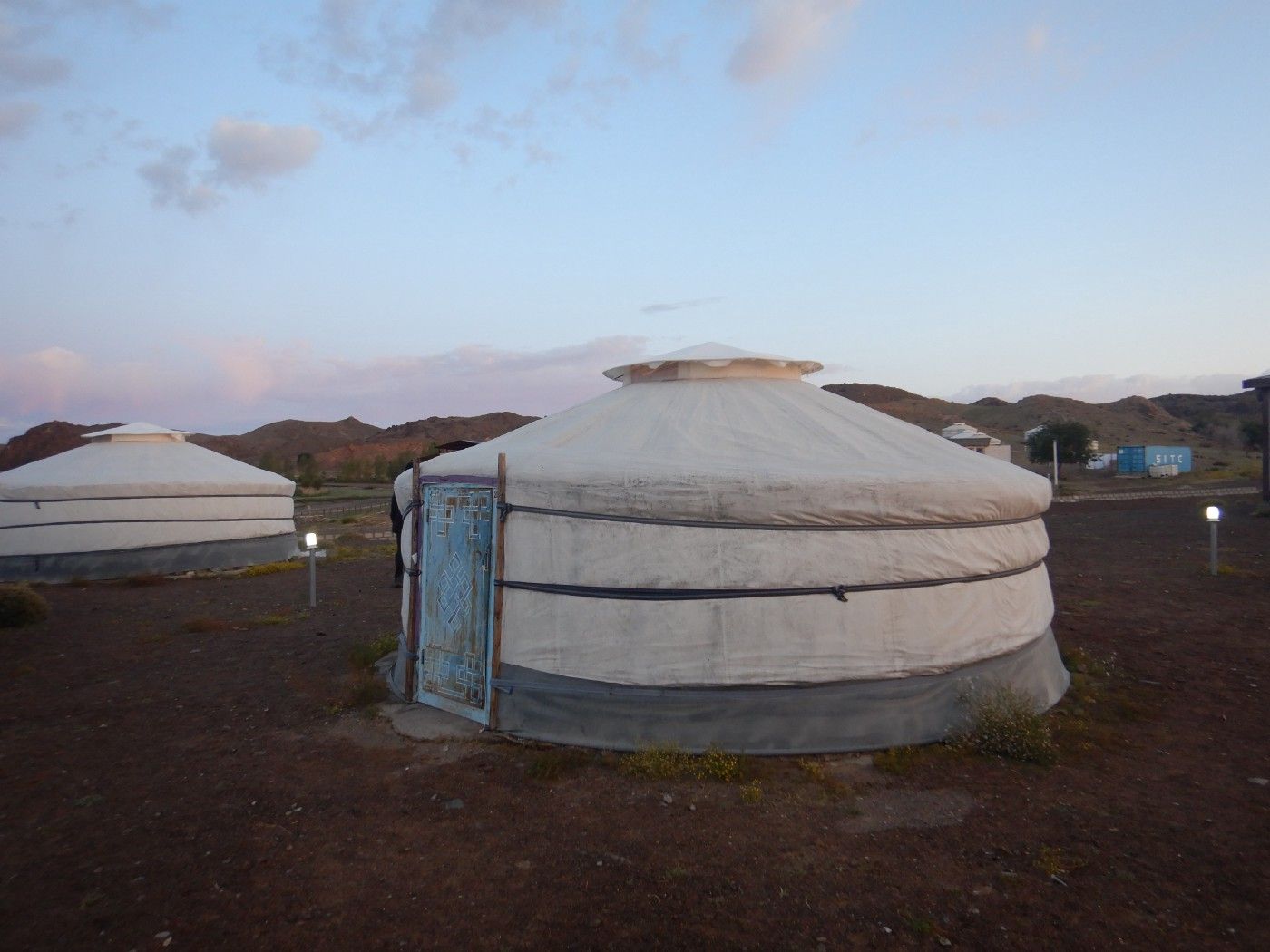
About an hour ago I threw on a fat down coat and headed though the pre-dawn light to the darkened shower facility. In Mongolia, they are shared, as are toilets. We enter through the same door, share the same open areas to brush our teeth. For showers or toilets, you hang a right or left depending on the signage. This relative lack of privacy and separation strikes me as the same kind of recognition that inside a ger, everything is shared. Space, food, farts, cigarette smoke, laughter. There’s something to be said for that. My problem is that I can’t sleep with other folks in the room, most especially crying children, and dogs barking next to my ear inches away right outside the ger. I’d brought a tent, which proved to be a good solution, especially when our tourists camps were on national holidays.
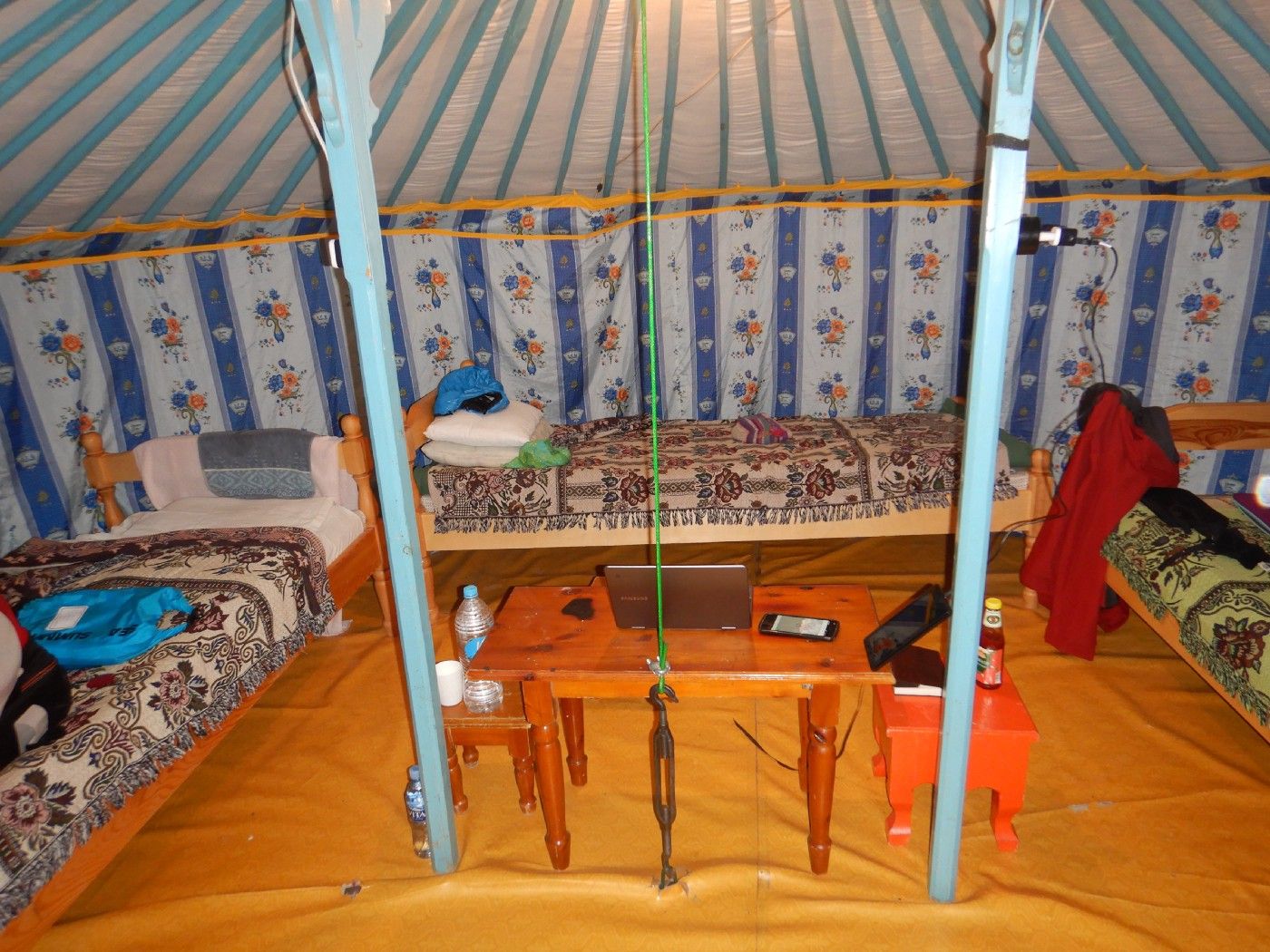
Yesterday as I was leaving the shower area a guy marched in with a thin Mongolian cigarette hanging off his lower lip. You and I may not care for that, but it’s our problem, not his. I would say the majority smokes here. Great for Joe Camel, but not for the camel riders.
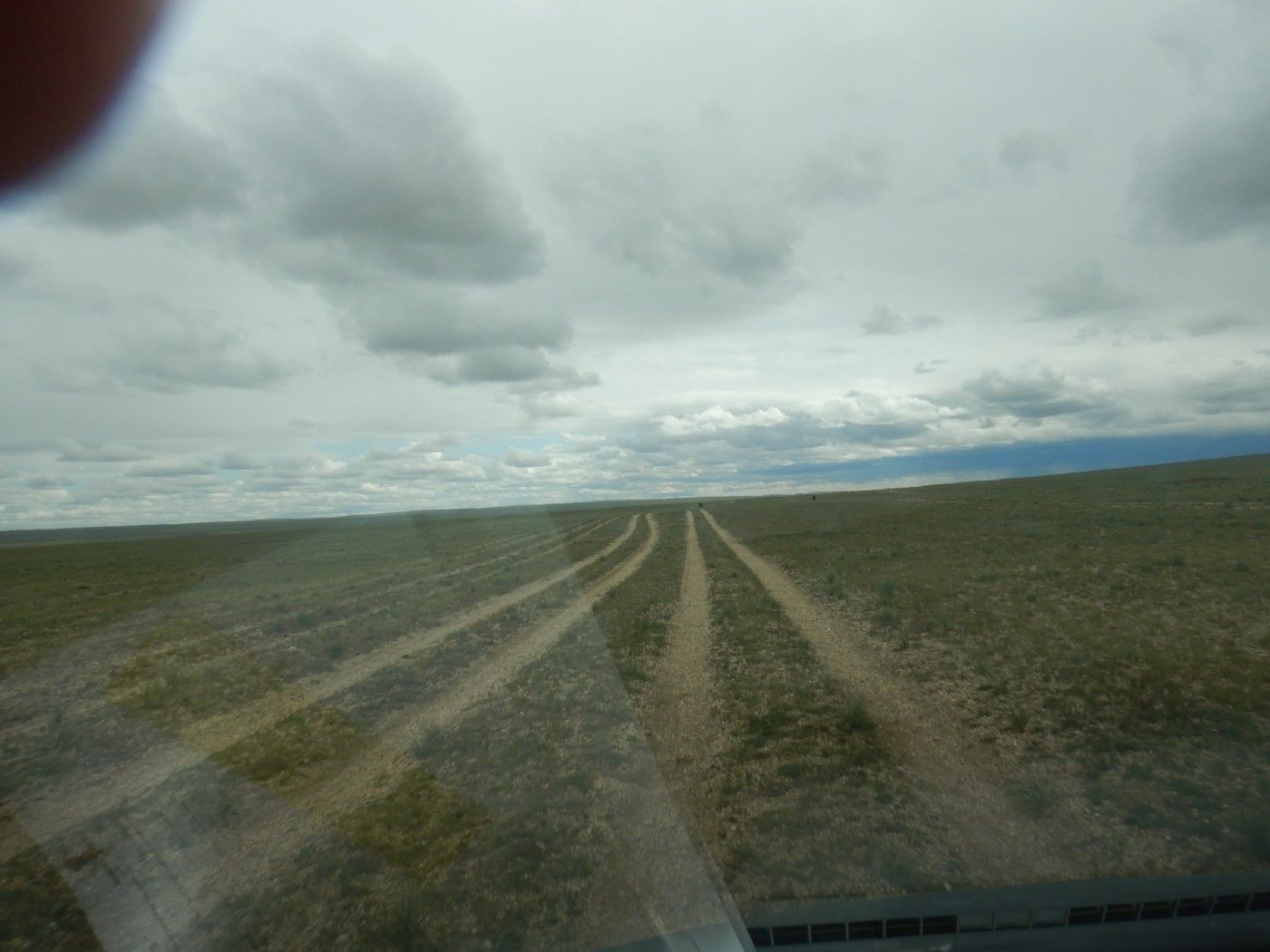
We arrived yesterday in the late afternoon, after some six hours of tooth-rattling driving on rough roads in the Mongolian outback. I’ve rarely been so grateful to get out of a car. As much as I love throwing myself out of airplanes, riding roller coasters and other offenses to the body, this was different. I wasn’t driving, so my stomach was, to make an understatement, unhappy. However, the driver was supremely careful and very competent. I got used to the lurching as long as I could sit in the front seat. Nasa (our driver) knows his Nascar style of Mongolian driving. After the first day I had adjusted, the car sickness had abated, and as long as I could sit up front, it was easier on the belly.
However, no matter how badly I wanted to hurl, I couldn’t help but be thoroughly entranced by the scenery. Mile after mile of open space, only occasionally dotted by a few white gers, and the huge goat or sheep herds that take full advantage of the rolling grasslands. Horses run free. By this time if year, spring foals are beginning to graze, but their mothers are still lactating.
As a result, we stopped by one herd where the family was milking the mares by tying up the foals to keep the mares close by. This time of year everyone is preparing for the long, incredibly cold months ahead.
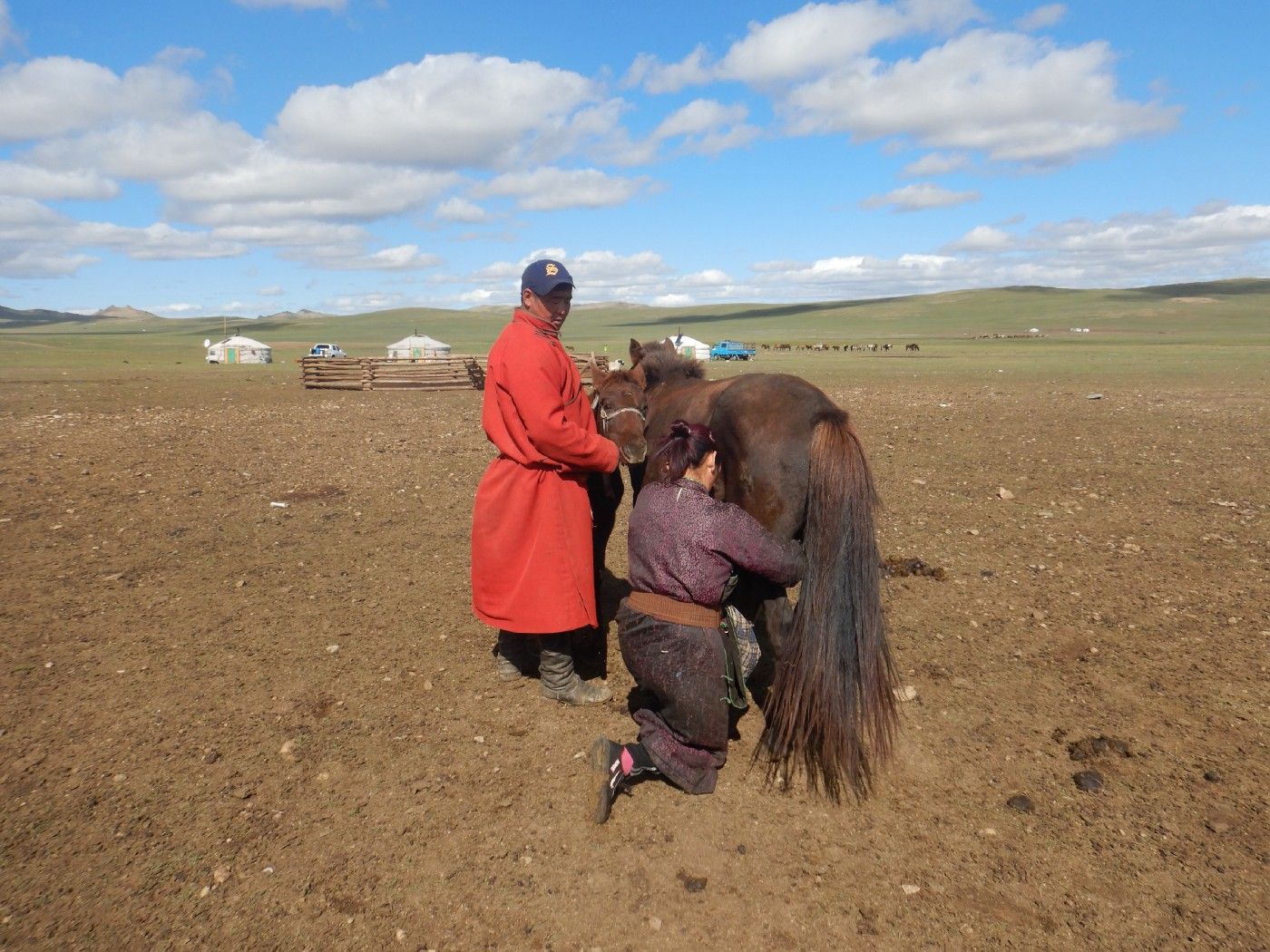
As we drove deeper into the rolling Mongolian hills, I noticed how few trees there were. They nestled just over the crest of the hills in small copses, where the moisture could collect and the perpetual winds won’t whip away any delicate volunteers. They look like a brush cut on a tight Marine’s head, a brave thatch of green in an autumn ocean of brown.
By the time the three of us got to the tourist camp near the ancient monastery I was already working on a pretty good film of filth, which I would later appreciate if for nothing else as additional insulation against the deepening cold. The brand new facilities, the flush toilets and the quiet ger right next to the monastery would be our last for a long, long time.
In the West, we take electricity, lights, easy warmth, plumbing and a great many other conveniences for granted. If you get cold, you can plug in a hot pad. Easy. You can get coffee any time of day. Out here you have to schlep the water to the ger or farmhouse, collect cow and horse dung for firewood (if there are no bushes)and making tea is a major enterprise. Mongolians drink a lot of it, so there is a lot of to and fro from the local water source, and a great many long treks around the area of pick up dried dung. It’s never-ending, and that’s just for tea. Never mind full meals, which are interspersed with the process of making cheese, dairy treats, yogurt, fermentation, and a thousand other responsibilities to ensure there is food on the table.
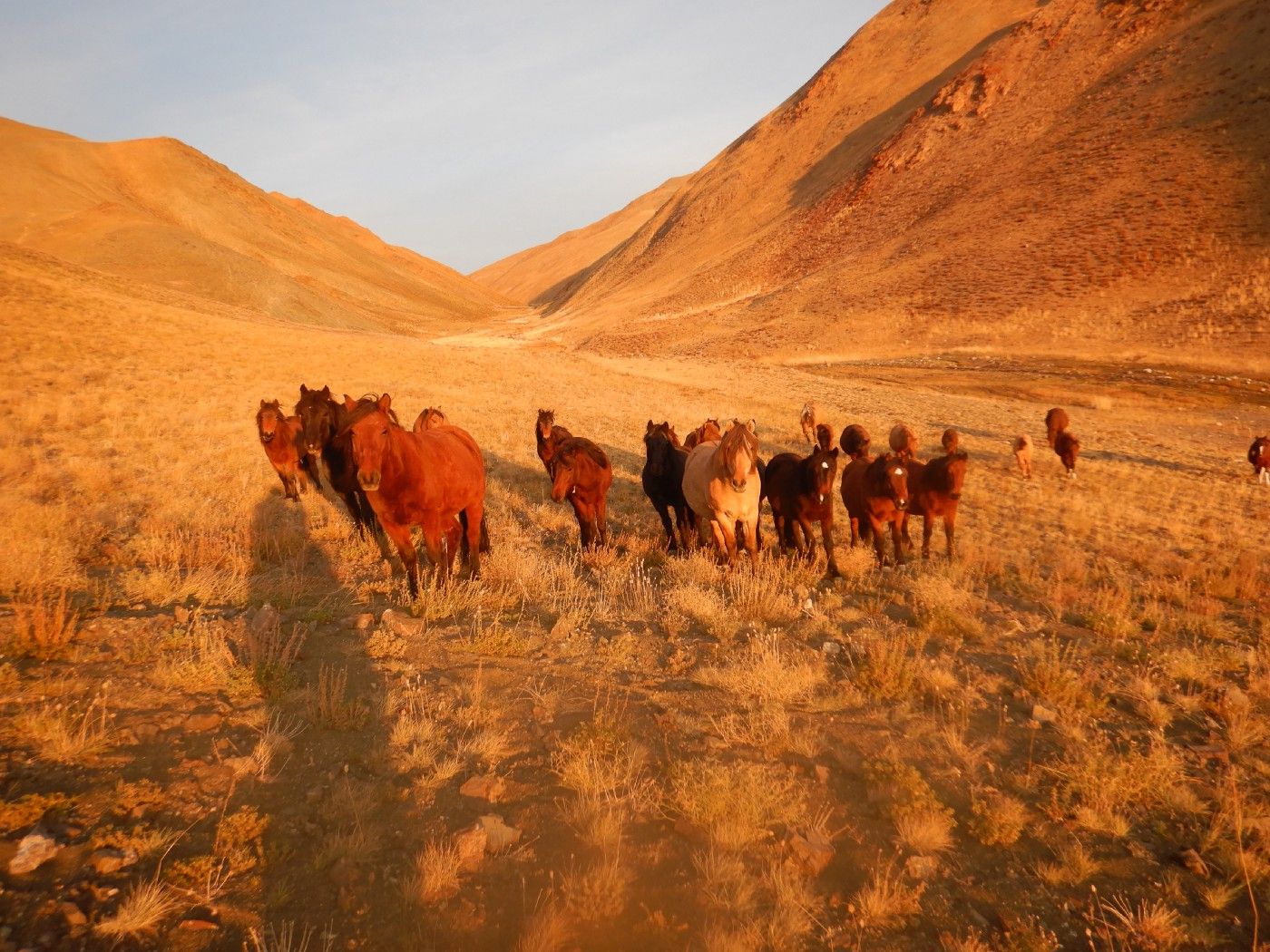
Once you leave the relative modernity of Ulaan Bataar, the capital city which is hurtling towards the future, it is a swift retreat to a distant past that still lives in all its variety and colors from one end of this magnificent country to the other.
It’s a magnificently beautiful, simple, but brutally hard way of life.
If you want to stay warm, you invest in heavy pants or Farmer Johns that are thickly lined with lambswool or sheepskin. Perhaps you wrap your feet with feet with fabric instead of heavy socks. That’s although Tod’s, a Mongolian sock maker, sells excellent socks for between two and six bucks. For many, that’s still too much money.
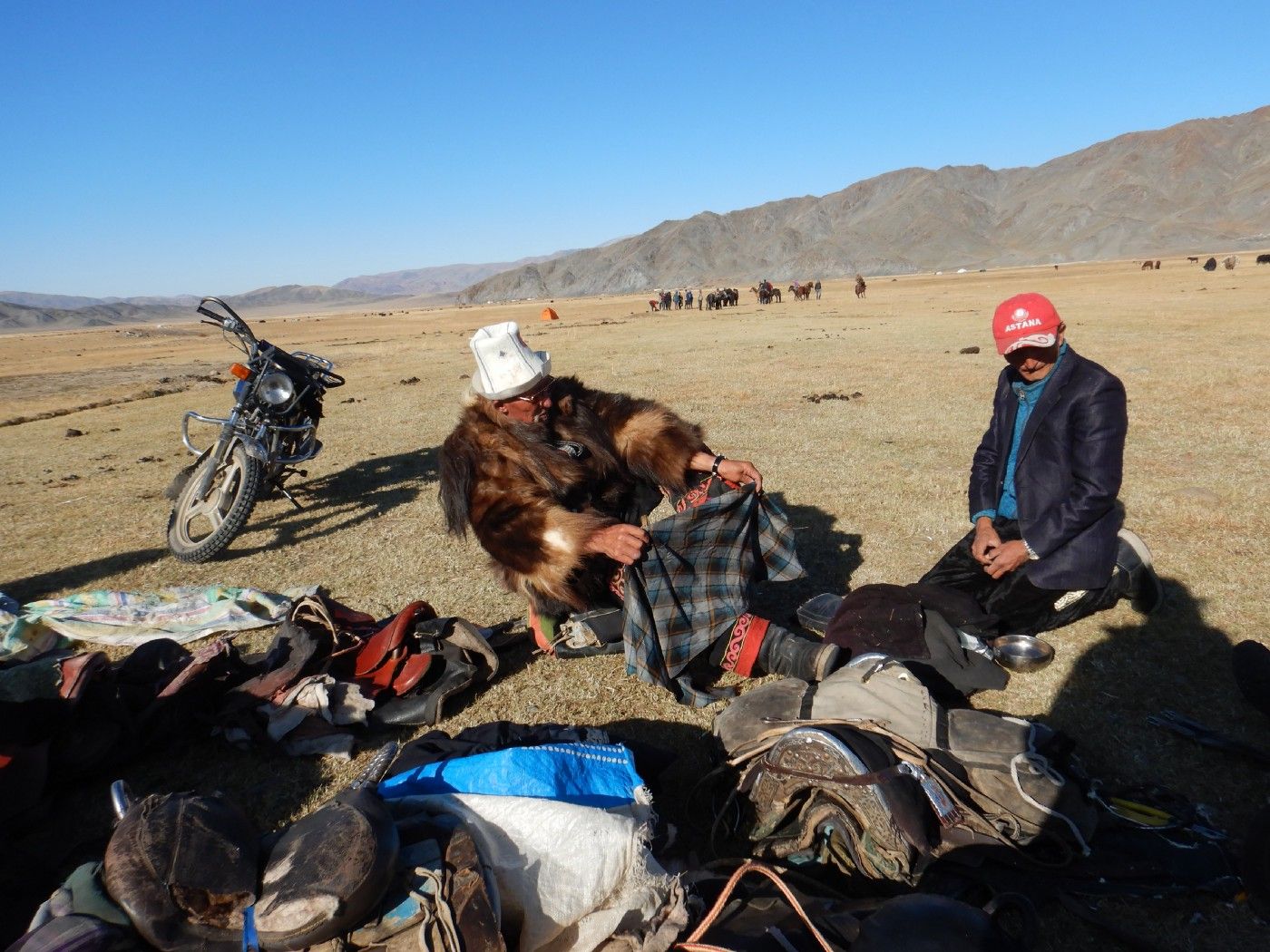
You use the furs from the animals that populate your world so that you can survive that -50F weather, a combination of wicked cold and sharp-toothed winds.
A hot shower for most of these incredibly hardy people is a pipe dream once autumn has set her chill boots on the backs of the country’s people. During the summer, country folk wash once a week, often by dipping in a nearby river or stream. But when the birch lose their leaves, the cold creeps into the ger at night. Starting a fire can be an agony until the cow dung catches and blazes. You walk outside and break through the rime of ice on the water to wash your face. Wakes you up faster than coffee, but not as nicely as milky hot Mongolian tea.
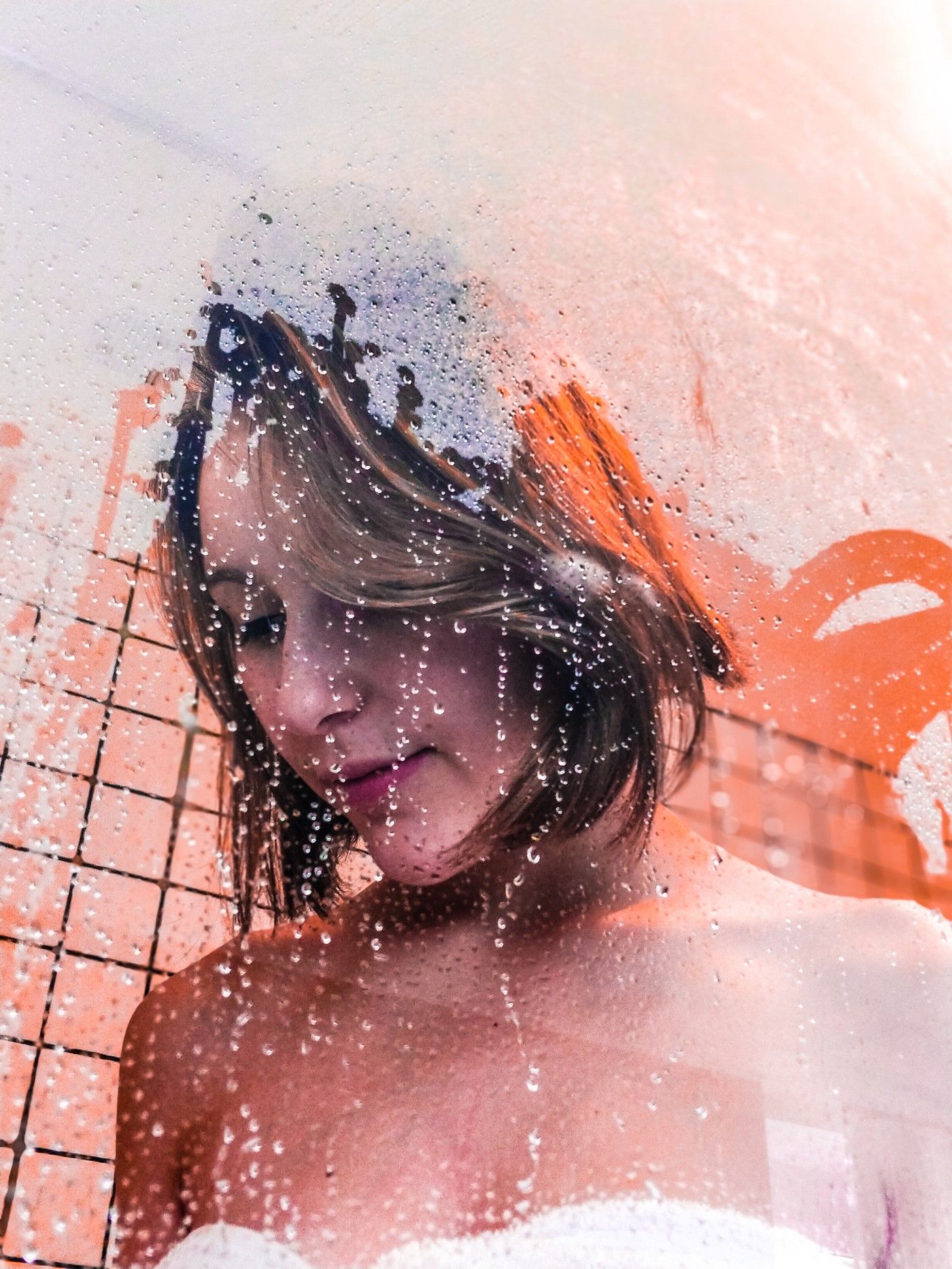
Comments powered by Talkyard.